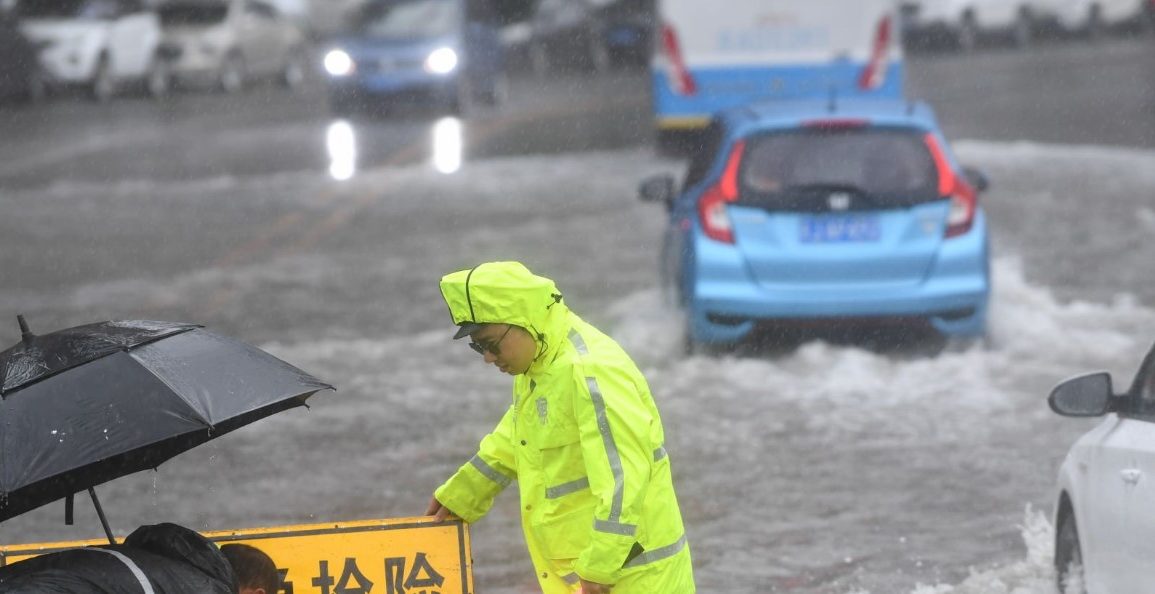As the peak flood season progresses, China grapples with the most significant floods recorded since tracking began in 1998. The country also experienced its hottest July since 1961, according to authorities.
This year, China has recorded 25 “numbered” flood events, defined by the Ministry of Water Resources as instances where water levels reach a magnitude prompting official warnings—events typically seen only once every two to five years.
At a recent press conference, authorities disclosed that a staggering 3,683 river flood warnings and 81 mountain flood disaster warnings had been issued.
Nearly 5,000 reservoirs have been activated, diverting 99 billion liters of floodwater, effectively preventing the relocation of over 6.5 million people. However, the situation remains dire as the wild weather continues to wreak havoc across the country.

China’s summer has been marked by extreme weather, including heatwaves, droughts, and an early start to the flood season.
The remnants of Typhoon Gaemi, which previously devastated the Philippines and Taiwan, have further exacerbated the situation along China’s east coast.
Floods and landslides have claimed dozens of lives, displaced hundreds of thousands, and caused extensive damage to homes, crops, and livestock across several provinces.
The National Meteorological Administration noted that the climate in China has “deviated from the norm” this year, leading to severe natural disasters.
The national rainfall average has surged by 13.3% above the norm, with 30 weather stations recording unprecedented highs. Four major rivers, including the Huaihe and Liaohe, received rainfall well above average levels.
Amid these challenges, China remains the world’s largest producer of carbon emissions, a key driver of the climate crisis. The country has committed to peaking emissions by 2030 and achieving net-zero emissions by 2060 through ambitious renewable energy projects.
Meanwhile, high temperatures and heavy rainfall are expected to persist, with red alerts for extreme heat in cities like Shanghai and Hangzhou, where temperatures could soar to 40-43°C. The typhoon season is also expected to continue through August, further testing the nation’s resilience.

